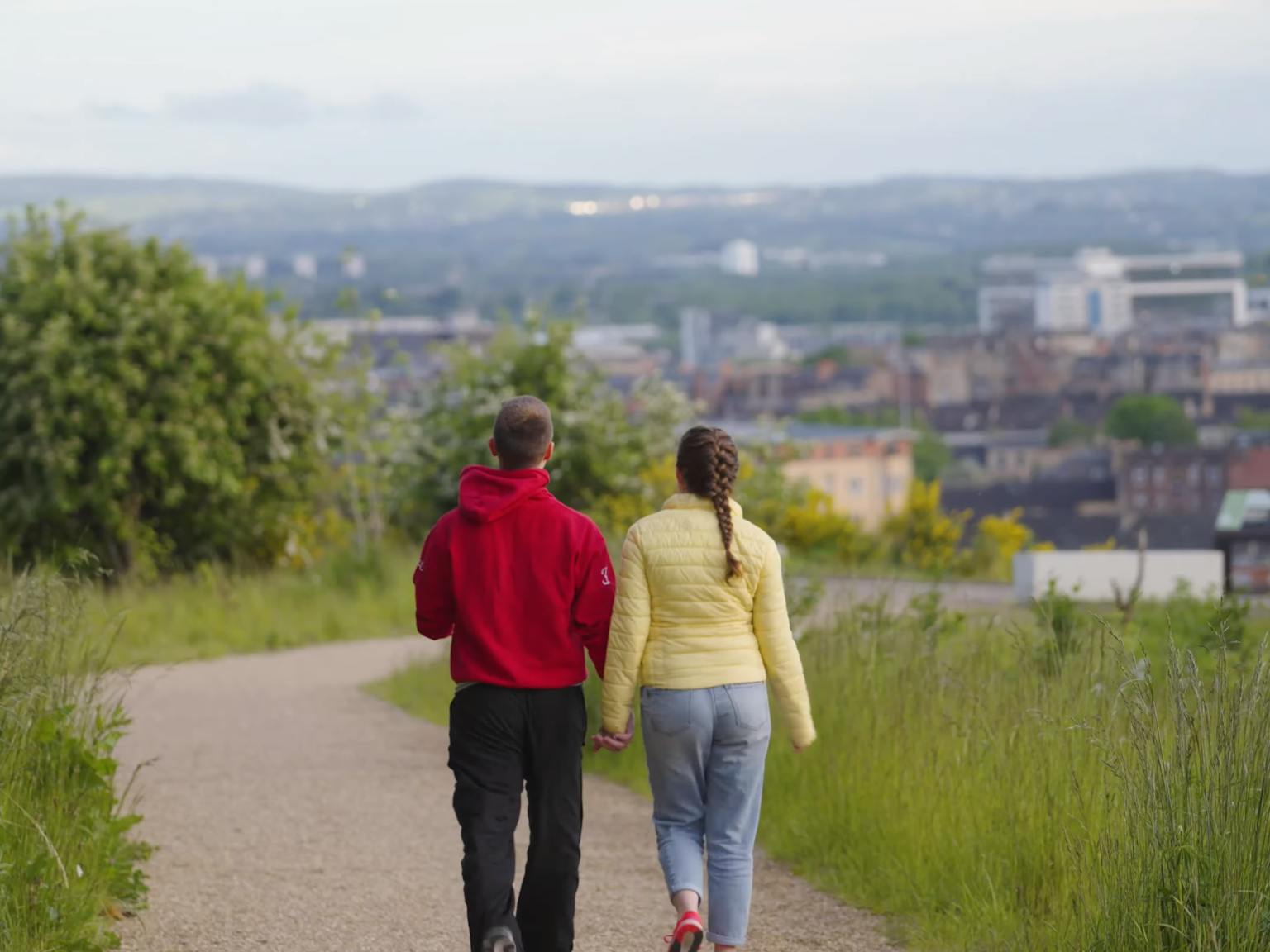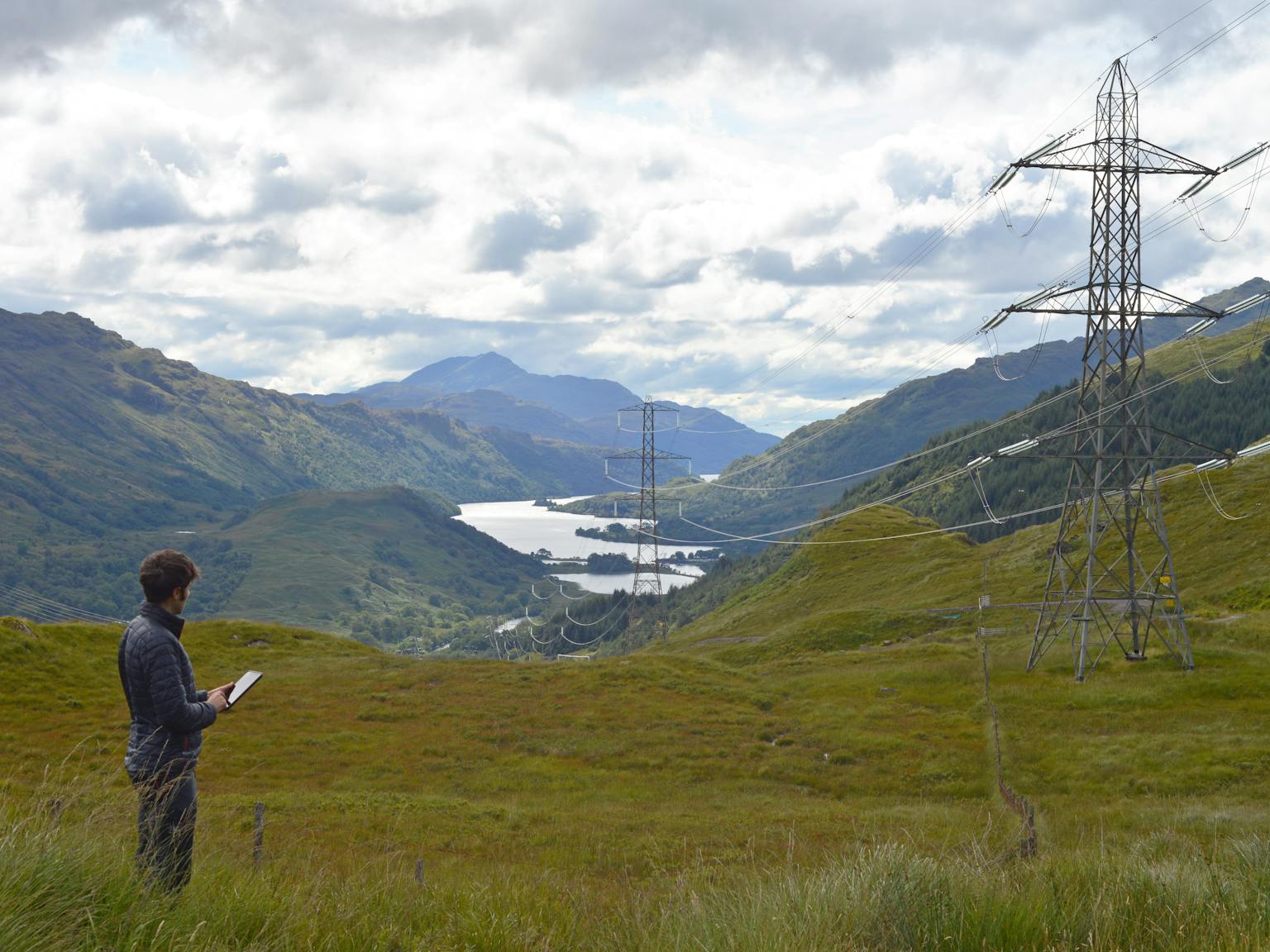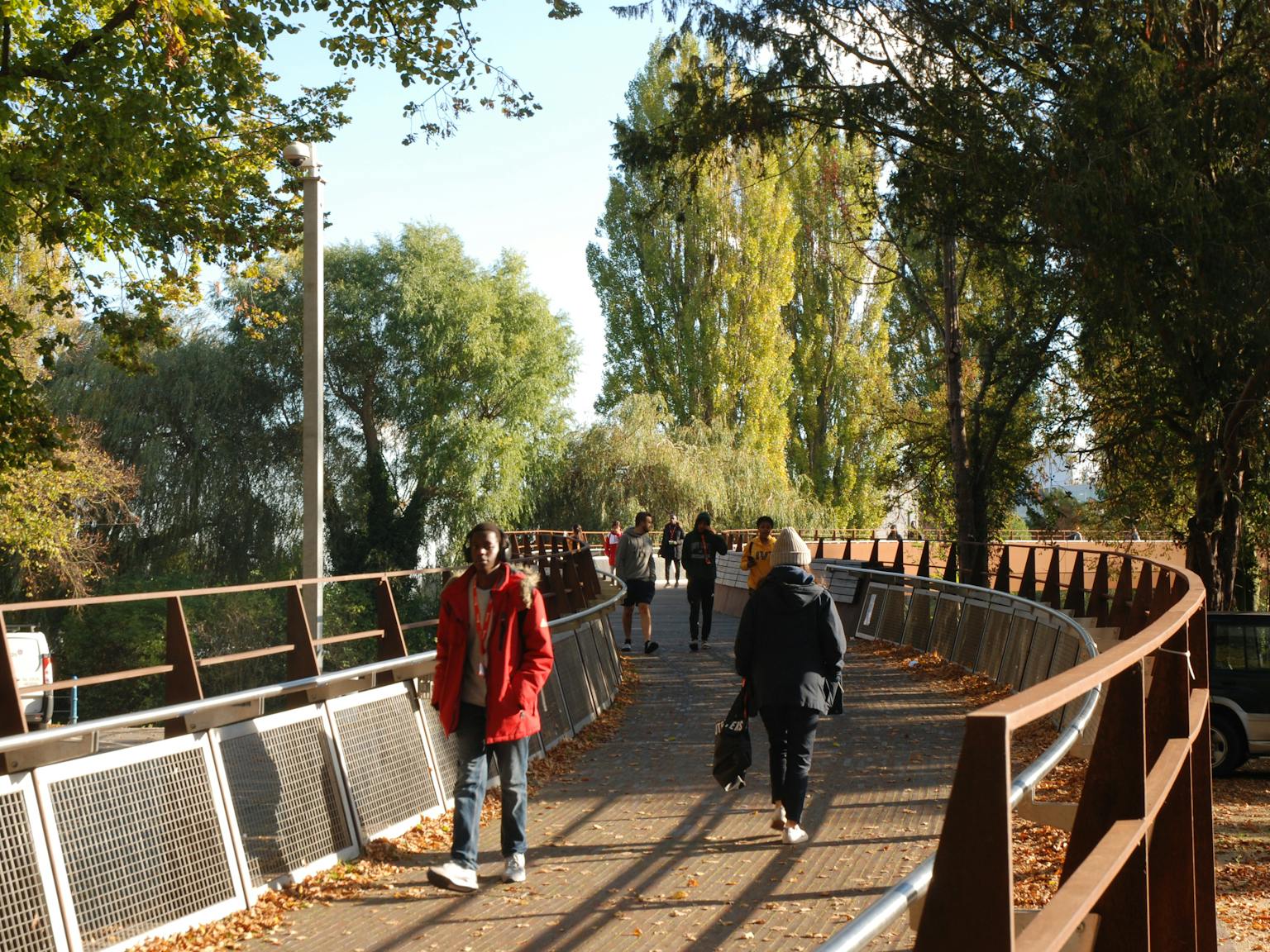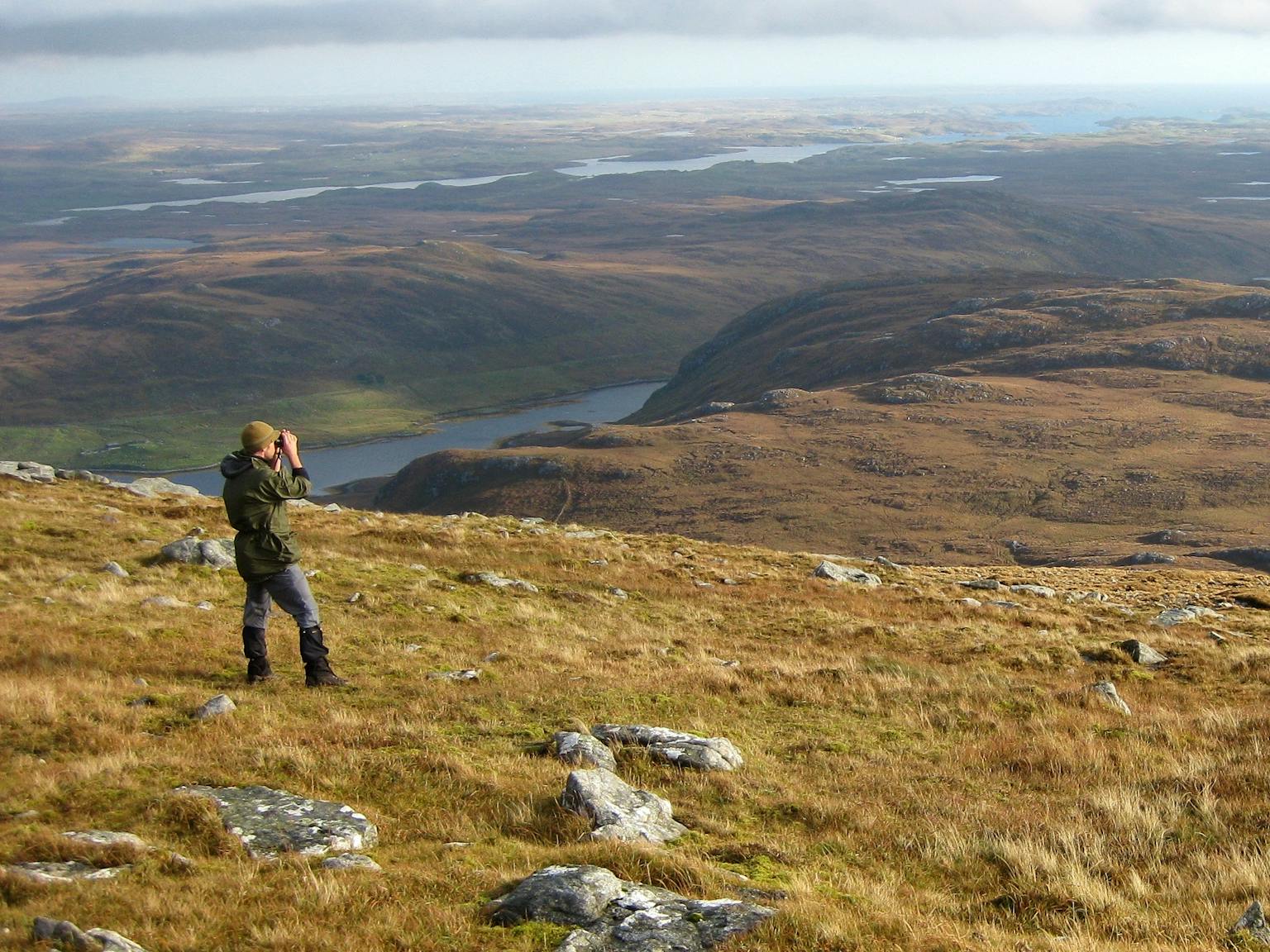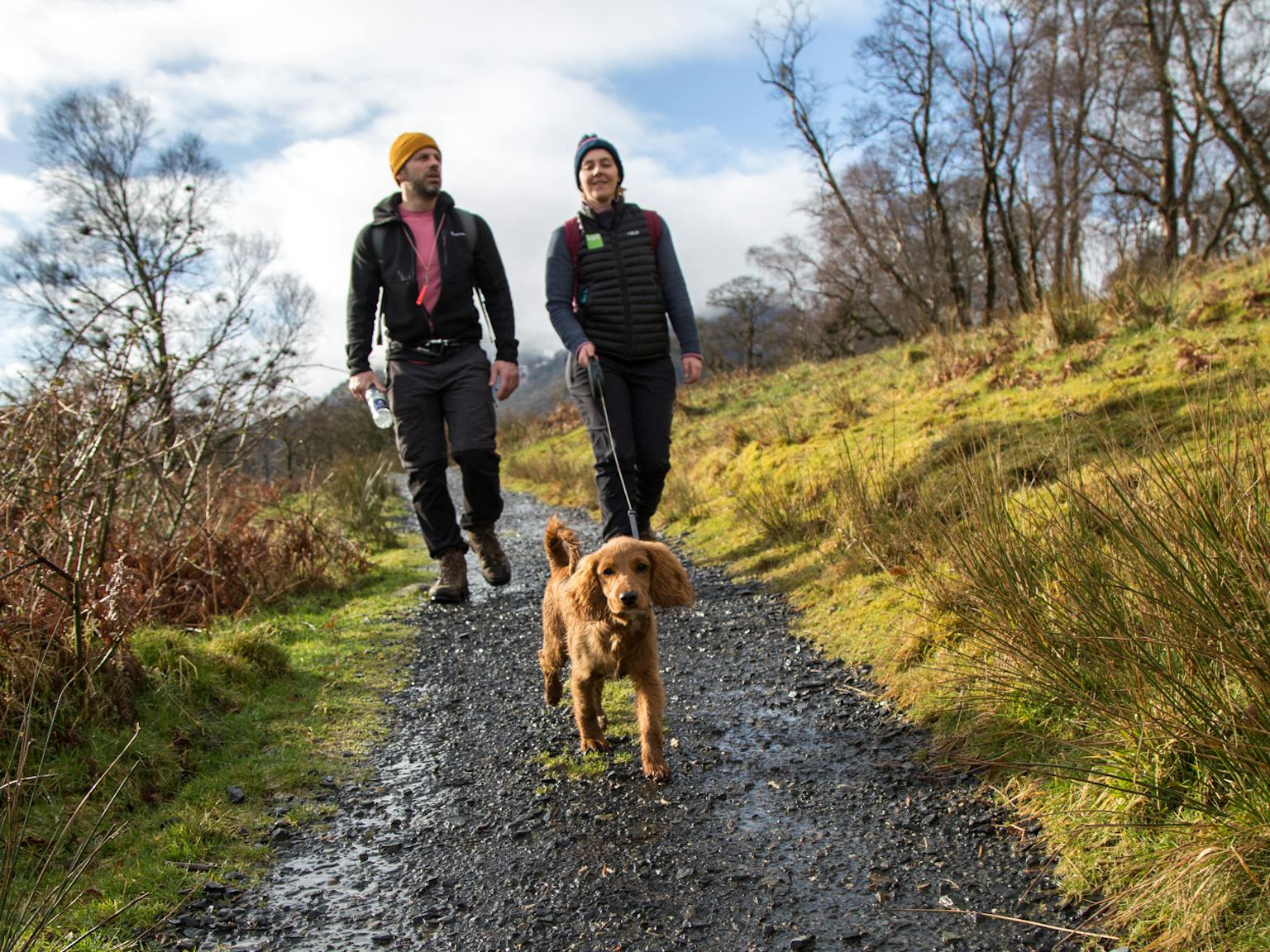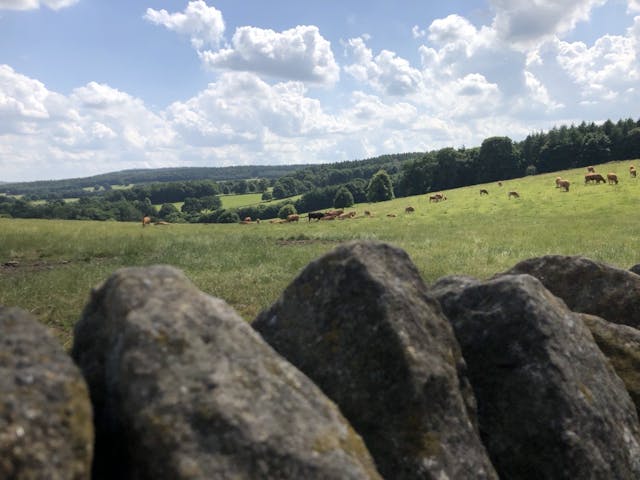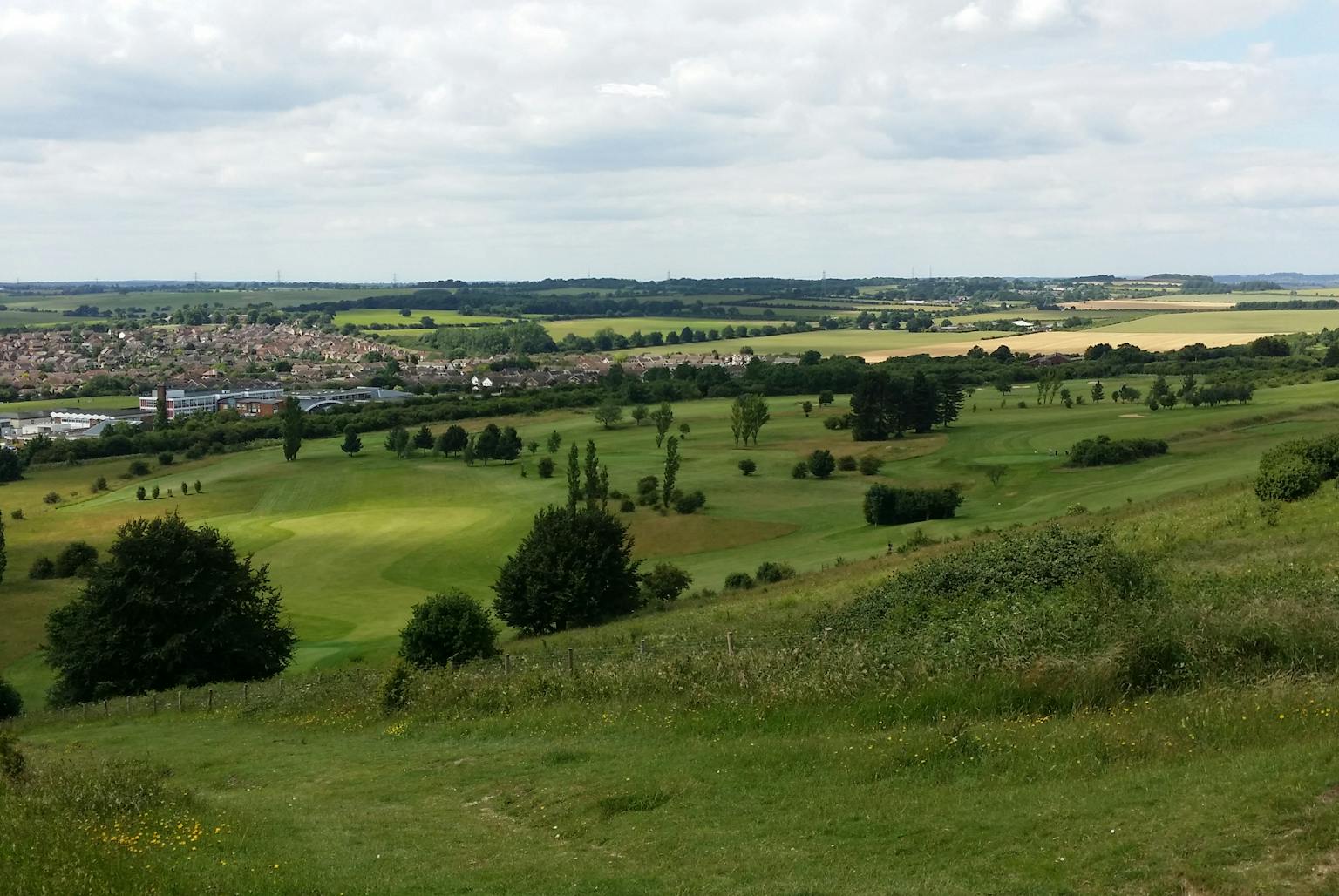
Revisions to the PPG July 2019 – Green Belt land
This week the Government published new Planning Practice Guidance on planning for and managing development on Green Belt land. This supplements Section 13 of the NPPF.
The Green Belt section of the PPG address three key questions:
What factors can be taken into account when considering the potential impact of development on the openness of the Green Belt?
The guidance helpfully draws attention to some of the key considerations in judging the potential impact of development on the openness of Green Belt land – borne out through various court judgements. Its states that openness is capable of having both spatial and visual aspects in line with the court judgements of Heath & Hampstead Society v London Borough of Camden (2008) and Turner v Secretary of State for Communities and Local Government & East Dorset District Council (2016).
The guidance also references other circumstances that have the potential to affect judgements on the impact of development on openness, these include:
- the duration of development – for example solar farms are often consented as temporary developments;
- its remediability to the equivalent, or an improved state of, openness – for example mineral extraction and subsequent landfill can result in enhancements to openness in the long term; and,
- the degree of activity likely to be generated by development, such as traffic – for example while facilities associated with open spaces and outdoor sports in the Green Belt maybe considered appropriate uses in the Green Belt, the amount of traffic they generate and their associated road and parking facilities may not.
How might plans set out ways in which the impact of removing land from the Green Belt can be offset by compensatory improvements?
The guidance elaborates on paragraph 138 of the NPPF which requires local planning authorities to set out ways in which the impact of removing land from the Green Belt can be offset through compensatory improvements to the environmental quality and accessibility of the remaining Green Belt land. It endorses the preparation of supporting landscape, biodiversity or recreation evidence to identify appropriate compensatory improvements, including new or enhanced green infrastructure, habitats, walking and cycle routes, open spaces, woodland planting and landscaping.
LUC advises local authorities and developers on the most effective ways to positively enhance the beneficial uses of the Green Belt, through our robust Green Belt, green infrastructure and open space, sport and recreation studies. This work draws on our long established core skills in landscape design, green infrastructure, recreation and ecology.
How can the strategic policy-making authority ensure that compensatory improvements to the environmental quality and accessibility of the Green Belt will be secured?
The guidance emphasises the importance of securing the delivery of identified compensatory improvements – through early engagement with landowners and other interested parties, establishing a detailed scope of works and identifying a means of funding their design, construction and maintenance.
LUC’s experience in Green Belt matters is unparalleled. We have completed independent Green Belt studies for nearly 50 local authorities in England and have advised numerous developers across the country on Green Belt issues. If you need advice on any Green Belt, green infrastructure or open space planning issues or would just like to find out more about our studies, please feel free to get in touch.

